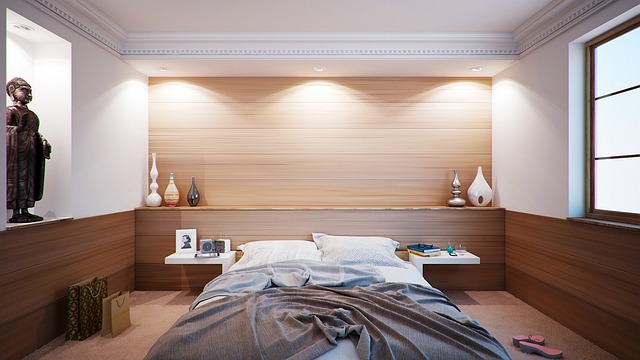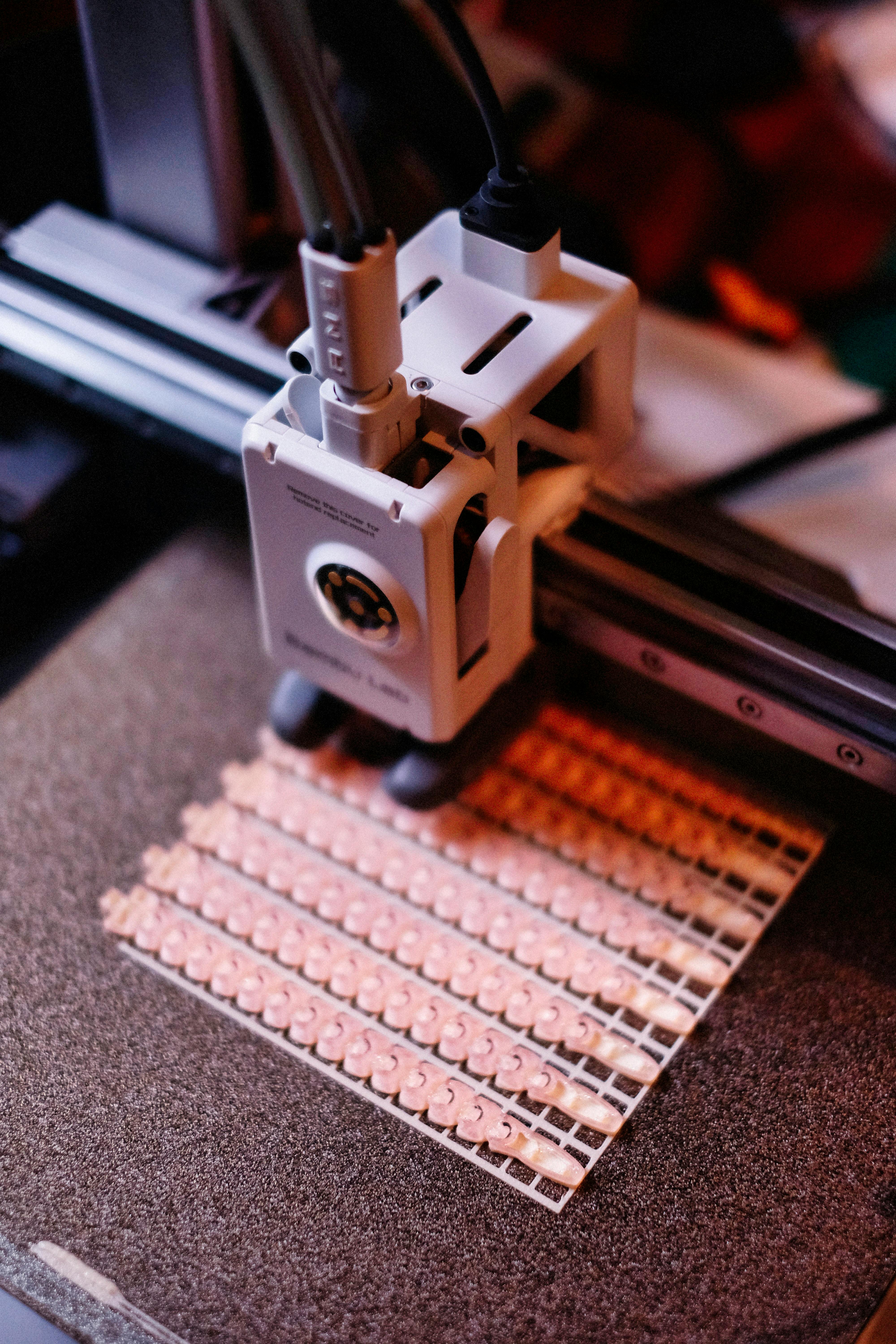Curating Tranquility: The Rise of Sensory-Focused Home Design
In a world of constant stimulation, homeowners are increasingly seeking respite within their living spaces. Enter sensory-focused home design, a burgeoning trend that's redefining how we experience our domestic environments. This innovative approach goes beyond mere aesthetics, tapping into our five senses to create spaces that soothe, invigorate, and nurture our well-being.

The Foundations of Sensory Design
Sensory-focused home design is rooted in the understanding that our environments profoundly impact our physical and emotional states. This approach draws from various disciplines, including psychology, neuroscience, and traditional design principles. The goal is to create spaces that engage all five senses – sight, sound, smell, touch, and even taste – in a harmonious symphony that promotes well-being and enhances quality of life.
Historically, interior design has primarily focused on visual appeal. However, the concept of multi-sensory spaces can be traced back to ancient practices like Feng Shui, which emphasizes the flow of energy in a space. Modern sensory design builds upon these foundations, incorporating contemporary research on how our senses interact with our surroundings.
Visual Serenity: Beyond Color and Form
While visual elements remain crucial, sensory-focused design approaches them with a nuanced perspective. Instead of bold, attention-grabbing features, designers are opting for subtle, layered aesthetics that soothe the eye. Soft, muted color palettes inspired by nature – think earthy browns, gentle greens, and calming blues – are gaining popularity.
Texture plays a pivotal role in visual sensory design. Designers are experimenting with a variety of materials to create depth and interest without overwhelming the senses. Rough-hewn wood, smooth river stones, and plush fabrics are often combined to create a rich tapestry of visual textures that invite touch and exploration.
The Symphony of Silence: Acoustic Design
In our noise-polluted world, the value of silence has never been greater. Sensory-focused design pays particular attention to the acoustic properties of a space. This goes beyond simple soundproofing; it’s about creating an intentional soundscape that promotes relaxation and focus.
Designers are incorporating sound-absorbing materials like cork flooring, acoustic panels disguised as art pieces, and strategically placed soft furnishings to manage ambient noise. Some are even integrating subtle, calming sounds like the gentle trickle of water features or the soft chime of wind bells to create a serene auditory backdrop.
Aromatic Architecture: Designing for Scent
The power of scent in evoking emotions and memories is well-documented, and sensory-focused design leverages this to great effect. However, this goes beyond simply lighting scented candles. Designers are thinking about scent from the ground up, considering how different materials and finishes contribute to a space’s olfactory profile.
Natural materials like cedar and pine are being used not just for their visual appeal, but for their subtle, comforting aromas. Some avant-garde designers are even experimenting with scent diffusion systems integrated into HVAC systems, allowing homeowners to curate the aromatic ambiance of their spaces with the touch of a button.
Tactile Textures: The Power of Touch
In a digital age where so much of our interaction is screen-based, the importance of physical touch has become more apparent. Sensory-focused design places a strong emphasis on tactile experiences throughout the home. This manifests in the careful selection of materials and textures that invite touch and interaction.
From smooth, cool marble countertops to plush, inviting upholstery, every surface is an opportunity to engage the sense of touch. Designers are mixing contrasting textures – rough with smooth, soft with hard – to create a rich tactile landscape that keeps the sense of touch engaged and stimulated.
Taste and Home Design: An Unexpected Pairing
While taste might seem like the most challenging sense to incorporate into home design, innovative designers are finding ways to do just that. This often involves a focus on the kitchen and dining areas, creating spaces that celebrate the culinary experience.
Open kitchens that allow the aromas of cooking to permeate the home, herb gardens integrated into kitchen design, and dedicated areas for wine tasting or tea ceremonies are all ways that taste is being brought into the broader sensory experience of the home.
The Future of Sensory-Focused Design
As our understanding of the senses and their impact on our well-being continues to grow, so too will the sophistication of sensory-focused design. We’re likely to see increased integration of technology, with smart home systems that can adjust lighting, temperature, and even scent based on time of day or the occupant’s mood.
There’s also a growing interest in personalized sensory profiles, with designers working closely with homeowners to create spaces tailored to their unique sensory preferences and needs. This could lead to homes that are not just aesthetically pleasing, but truly restorative and nurturing on a deeply personal level.
In conclusion, sensory-focused home design represents a significant shift in how we think about our living spaces. By considering all five senses in the design process, we’re creating homes that don’t just look good, but feel good in a holistic sense. As this trend continues to evolve, it promises to transform our homes into true sanctuaries, offering respite and rejuvenation in our increasingly chaotic world.





